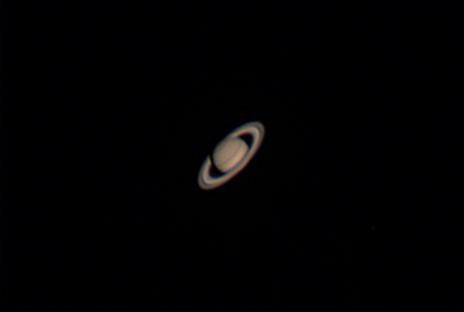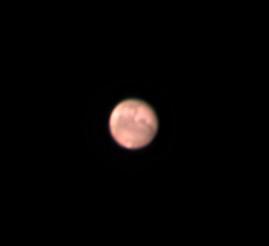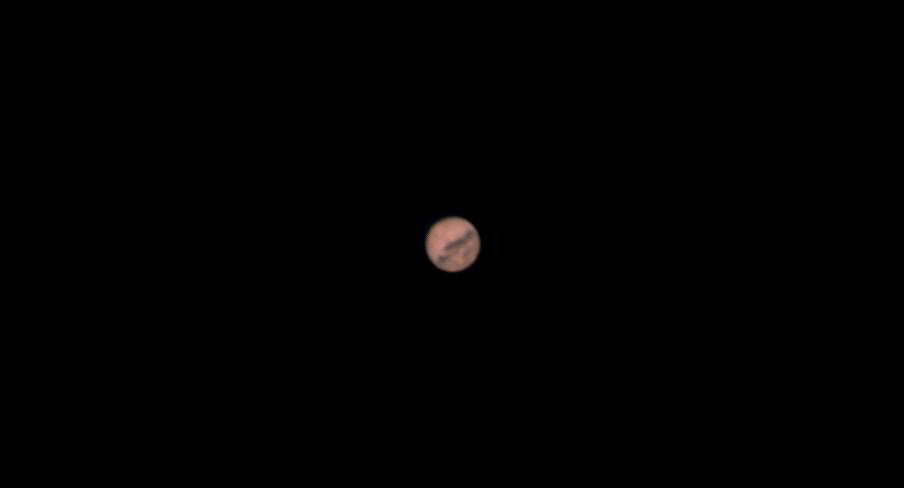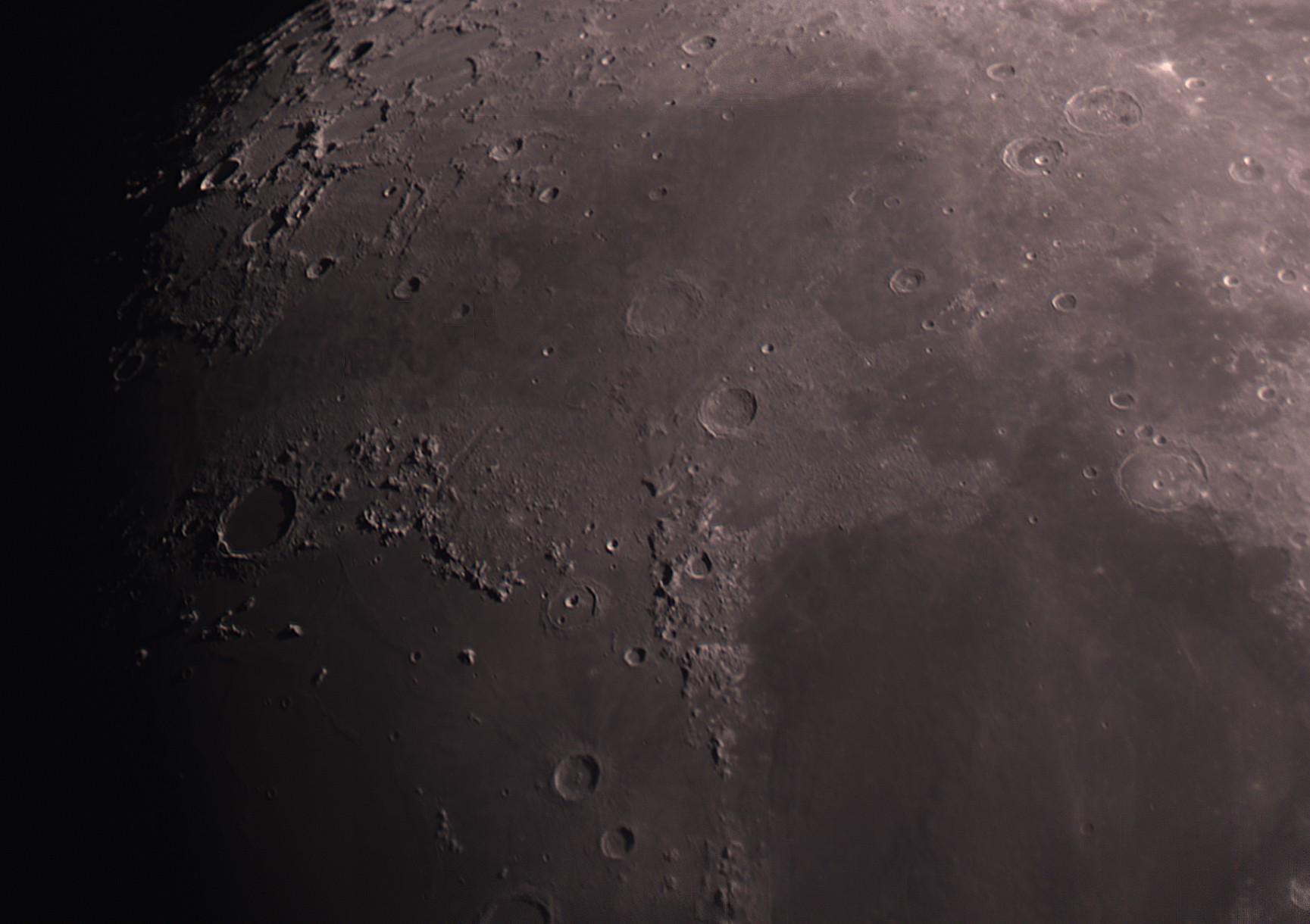on
Jupiter, Saturn, & Mars
While updating some old blog posts to use my new gallery setup, I remembered I never posted some planetary images I had taken back in September of 2020. I had been wanting to get into astrophotography for a while and had even attempted it with my micro 4/3 camera with pretty poor results. After being bored during quarantine, I got a webcam-based imager and my god.
First, the gear:
- Scope: Meade ETX 90 on a Celestron CG-4 mount
- Camera: ZWO ASI290MC
- Post processing: Autostakkert then wavelets in Registax
I imaged each target for about one minute, hand guiding the scope to keep it in the imager’s frame. In Autostakkert, I stacked all of the frames and kept the best 50%. Then I fiddled with the wavelet dials in Registax to maximize detail.
Now, onto the images!
My first target was Jupiter.
It’s amazing how much detail the post-processing steps bring out. It did not look anywhere this good in the scope or in the imager’s view. You can clearly see the color bands of the planet, and on the right side, the Great Red Spot!
Next up was Saturn. You can clearly see the Cassini division, and the planet casting a shadow on the rings behind it.

And on to Mars! It was around the Earth-Mars conjunction, so I tried a couple different passes at imaging the red planet on different nights. In the first image, you can barely make out a bit of the polar ice cap at the bottom.


Since I had the gear out, I attempted a shot of the moon. I’d love to do a big composite of the whole moon, but I’ll need a scope or mount that tracks properly, the moon is hard to hand track at high magnification!

